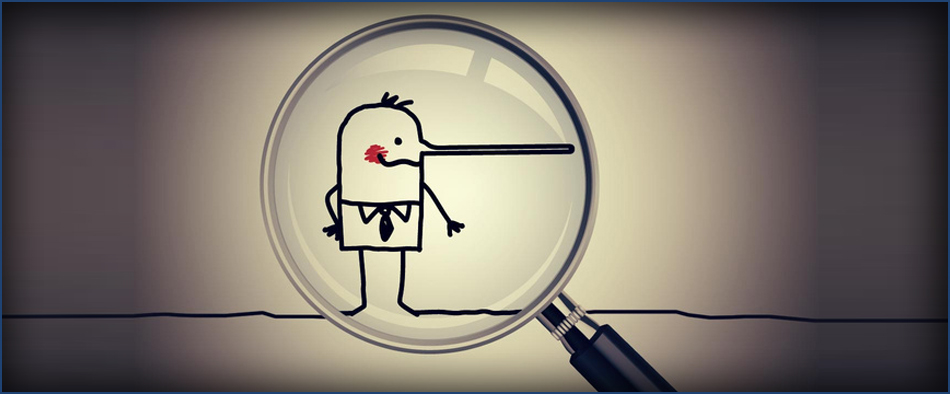How to Spot a Liar
Have you ever wondered how to tell if someone is lying to you? While there’s no foolproof method, there are several signs in speech, physiology, and gestures that can help you identify dishonesty. Here are some practical tips to help you spot a liar.
How to Recognize a Liar by Their Speech
- Ask questions and pay close attention to how the person responds.
- If you ask a stressful question and get a counter-question in response, such as “Why do you want to know?” or “What’s the point?”, the person may be hiding information and is likely lying.
- If you ask a stressful question and receive evasive answers like “That’s not important” or other vague replies, the person is probably concealing something and may be lying.
- If you ask a stressful question and get a long-winded response, especially one delivered in a high-pitched voice and off-topic, the person is likely not telling the truth.
- If you ask a stressful question and the person ignores you, doesn’t answer, or abruptly ends the conversation, they probably have something to hide and may be lying.
- If you hear a long story with a sequence of actions and doubt its truthfulness, ask the person to recount the story in reverse order. If the story is a lie, the liar will struggle to do this.
Physiological Indicators
- If you ask an important question and the person watches you closely after answering, they may be lying. Liars want to see if you believe them.
- When someone is lying, their mouth often gets dry, leading to more frequent touching of the face or lips. Watch for these signs.
- Lying can cause a person to blush due to feelings of embarrassment, guilt, or shame.
- Lying can also make a person suddenly pale from fear, as blood rushes to their legs during moments of fright.
- When lying, a person’s breathing may become faster and deeper. You can notice this by observing the upper chest area.
How to Recognize a Liar by Their Gestures
- When lying, people tend to use fewer gestures. Subconsciously, they limit their movements to avoid giving themselves away.
- Liars often try to distance themselves from the person they’re talking to by hiding behind objects like books, bags, computers, or tables. In psychology, these are called barriers.
- If someone coughs, lights a cigarette, or takes a sip of water (or coffee, tea) before answering a question, they may be stalling for time to think of the “right” answer, which could be a lie.
- If, while answering, the person leans back, touches themselves, or hugs themselves, they are experiencing stress and may be lying.
Remember: You can’t detect a lie based solely on gestures or speech. Lying is identified by a combination of different signs.



